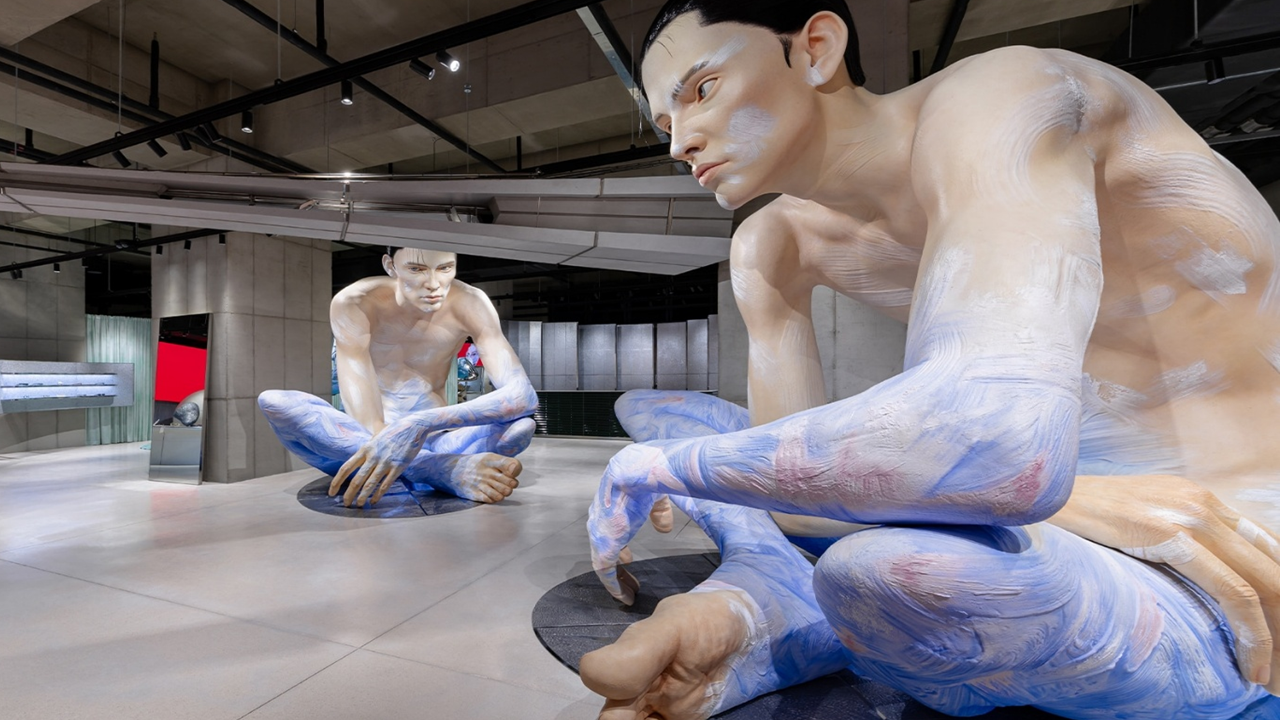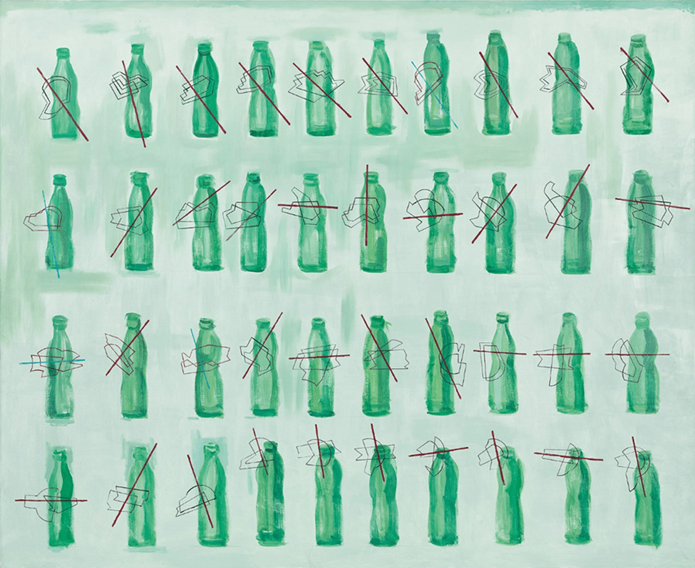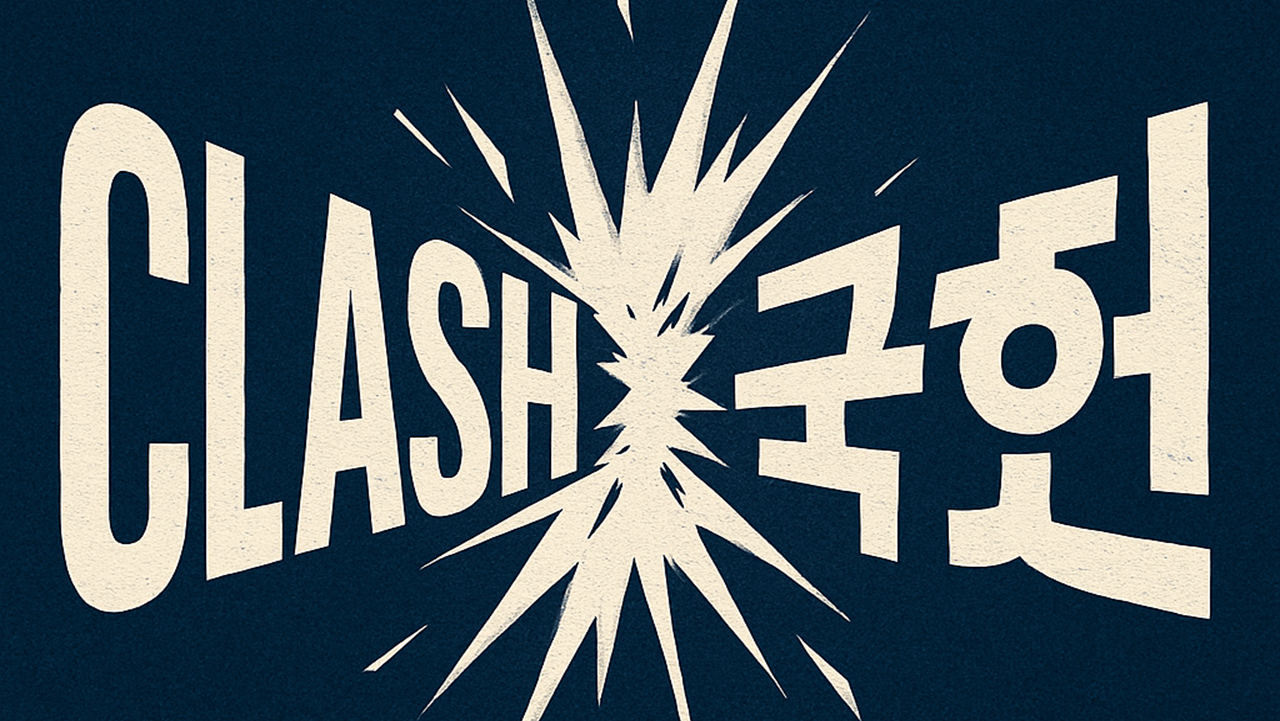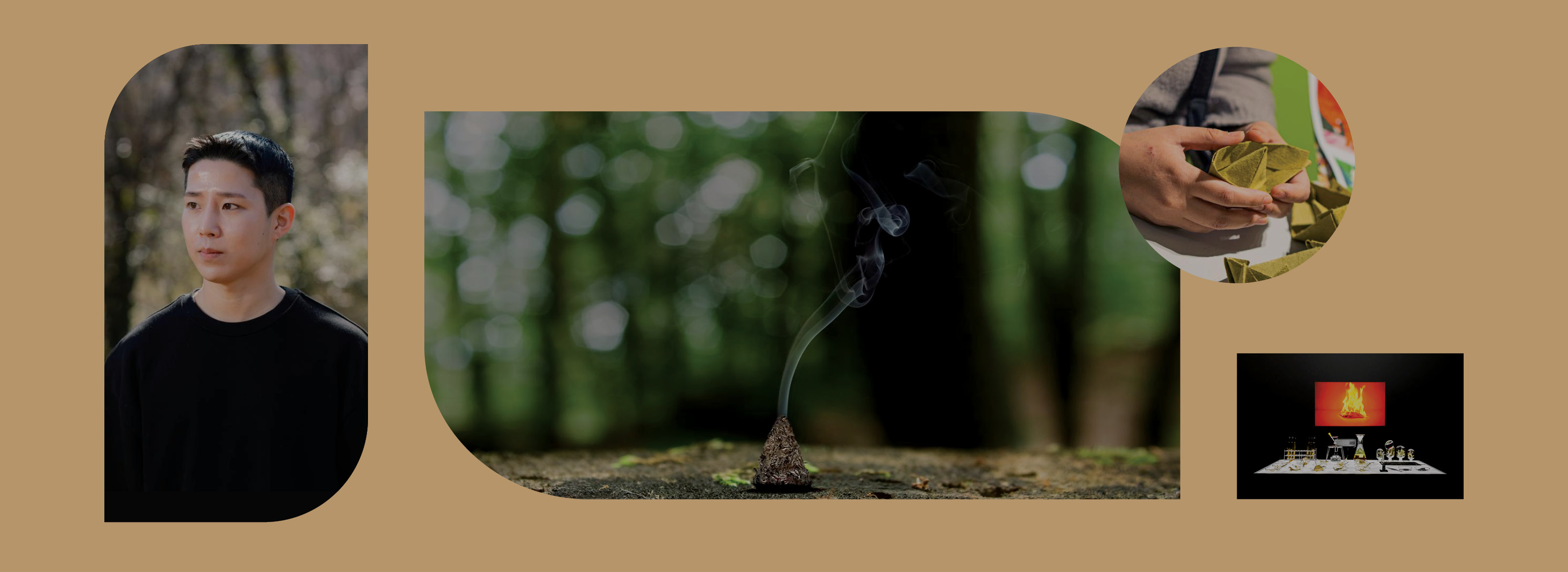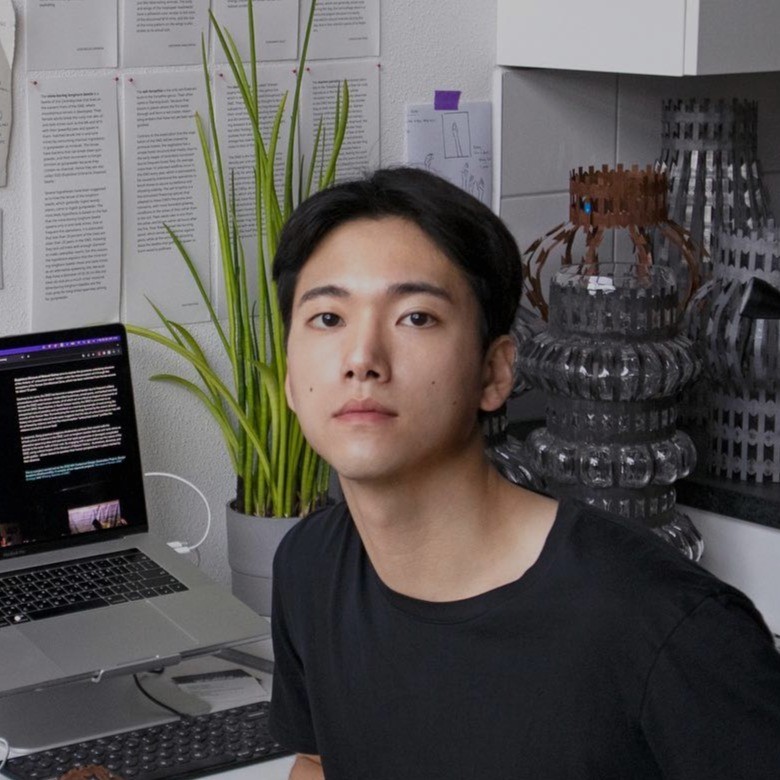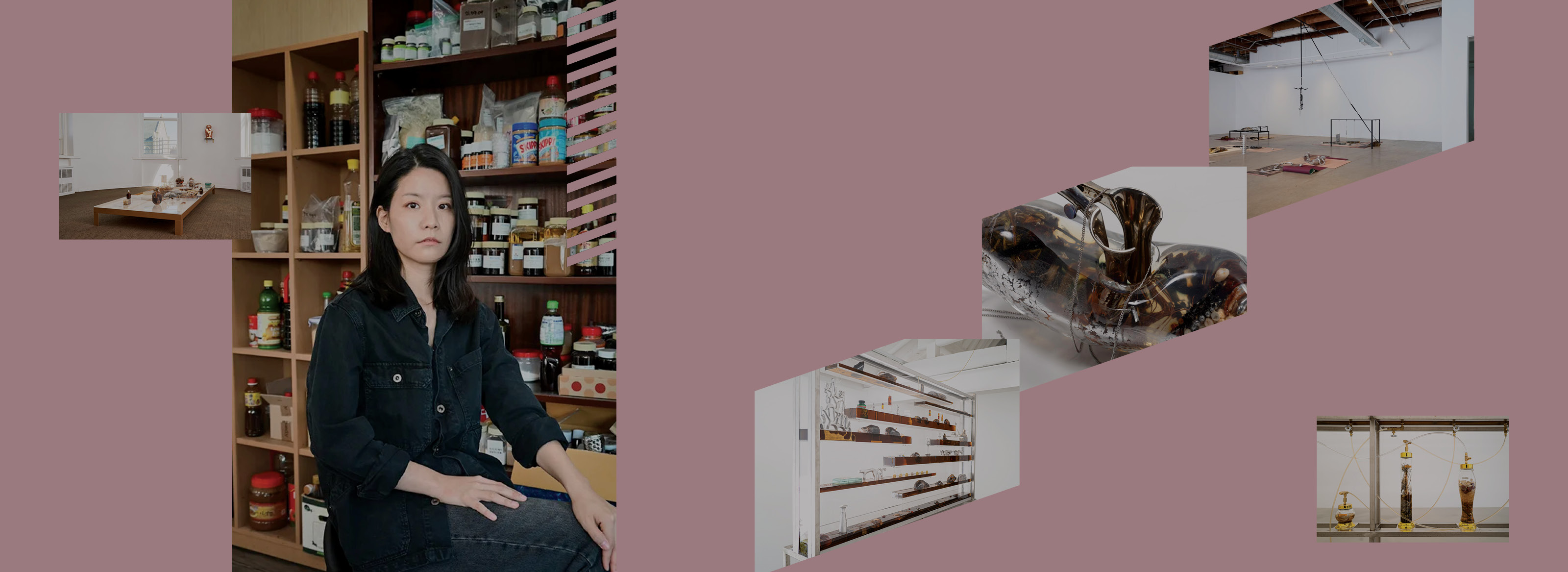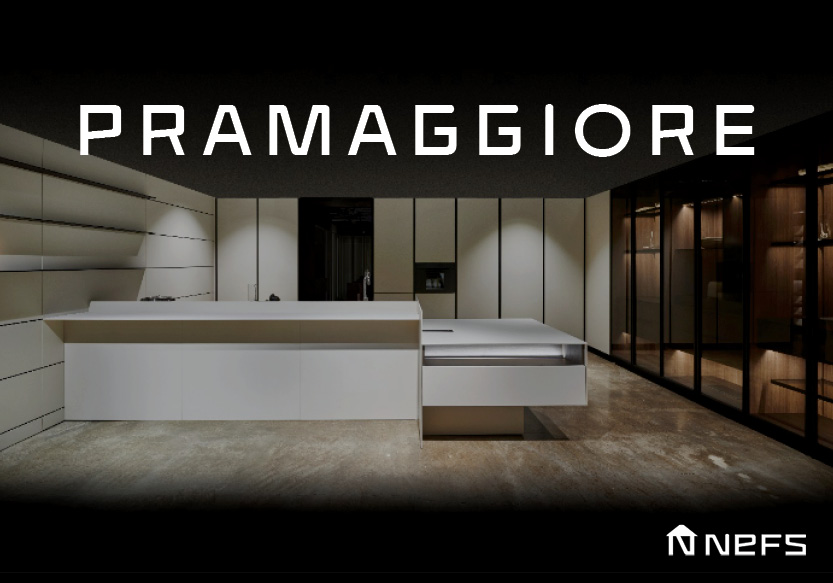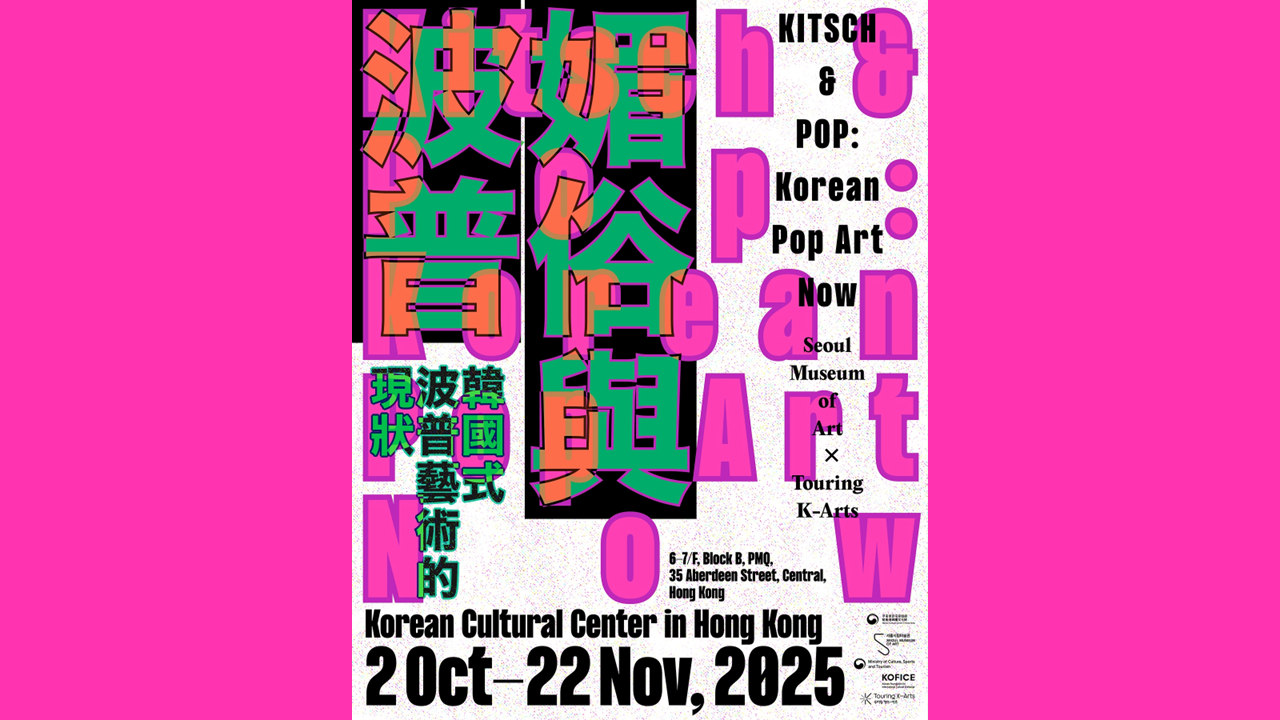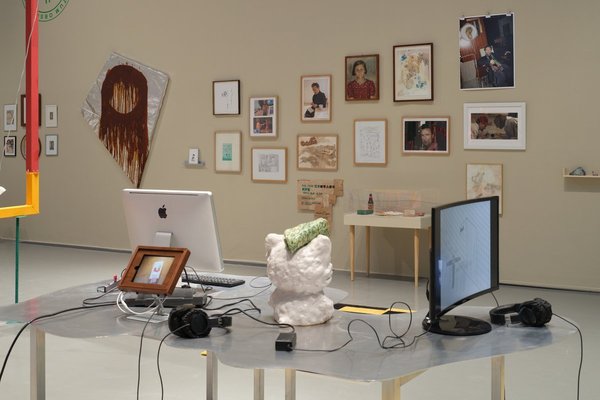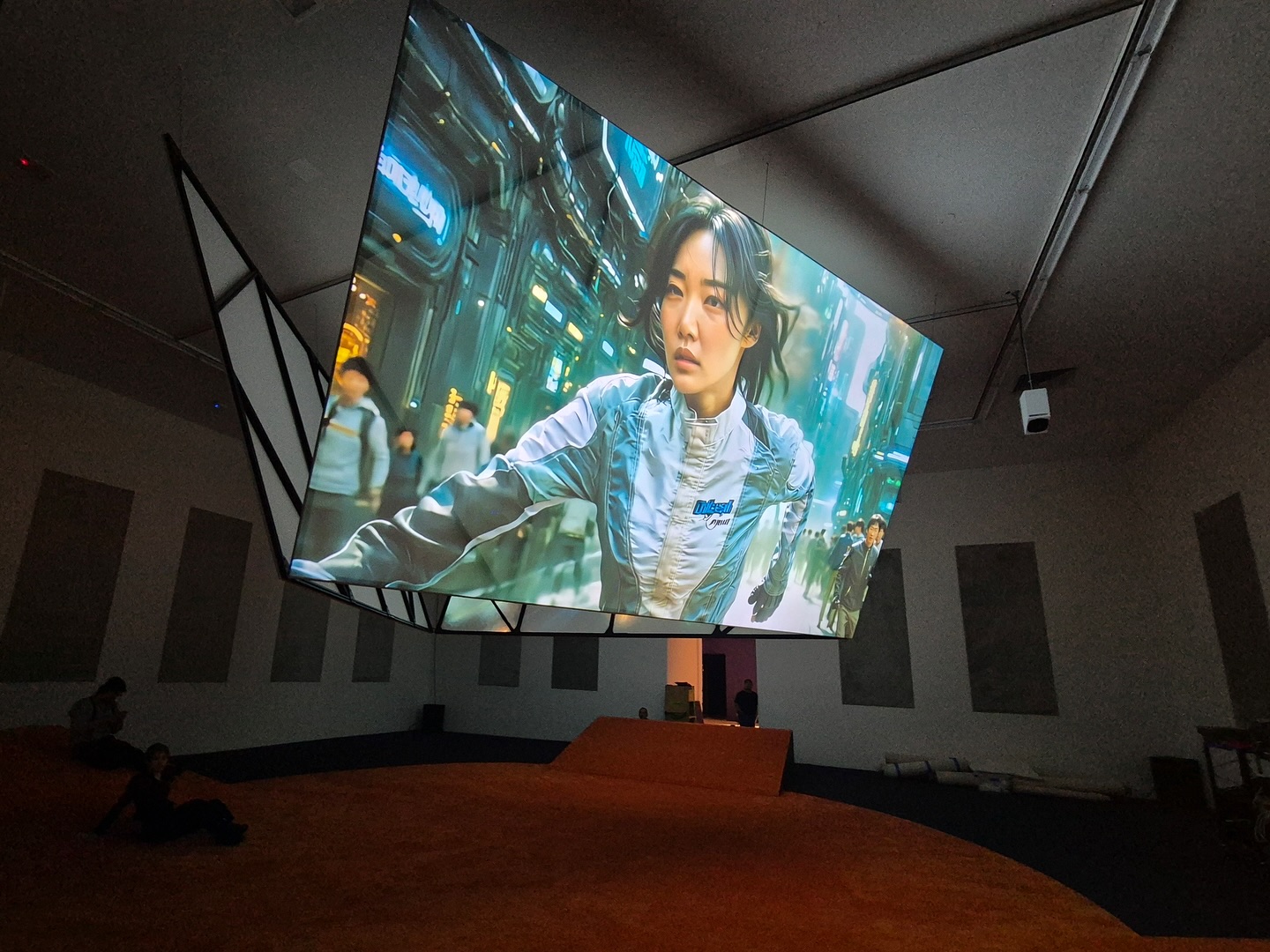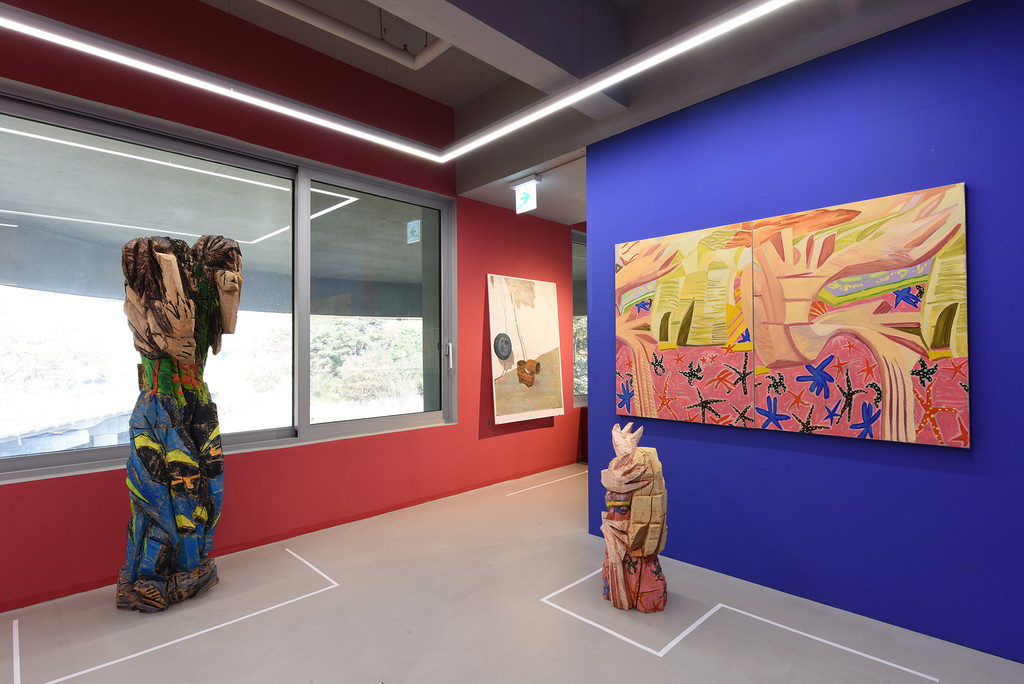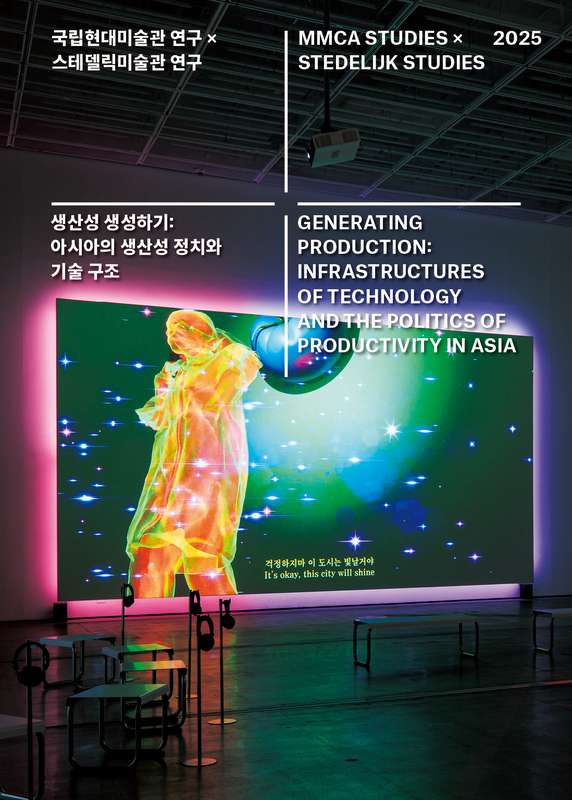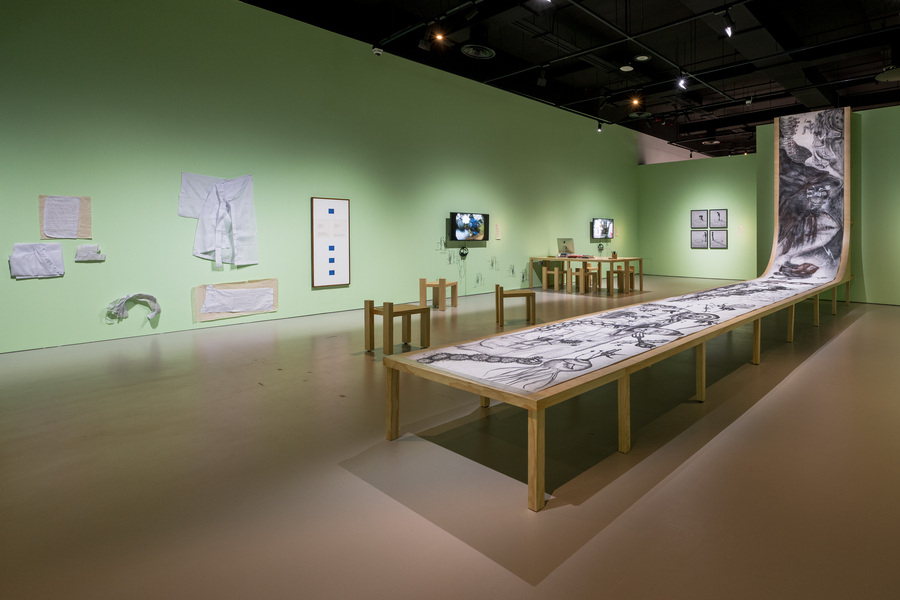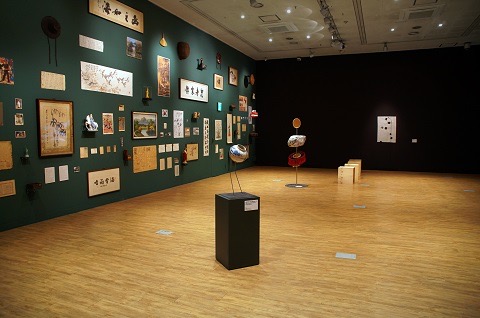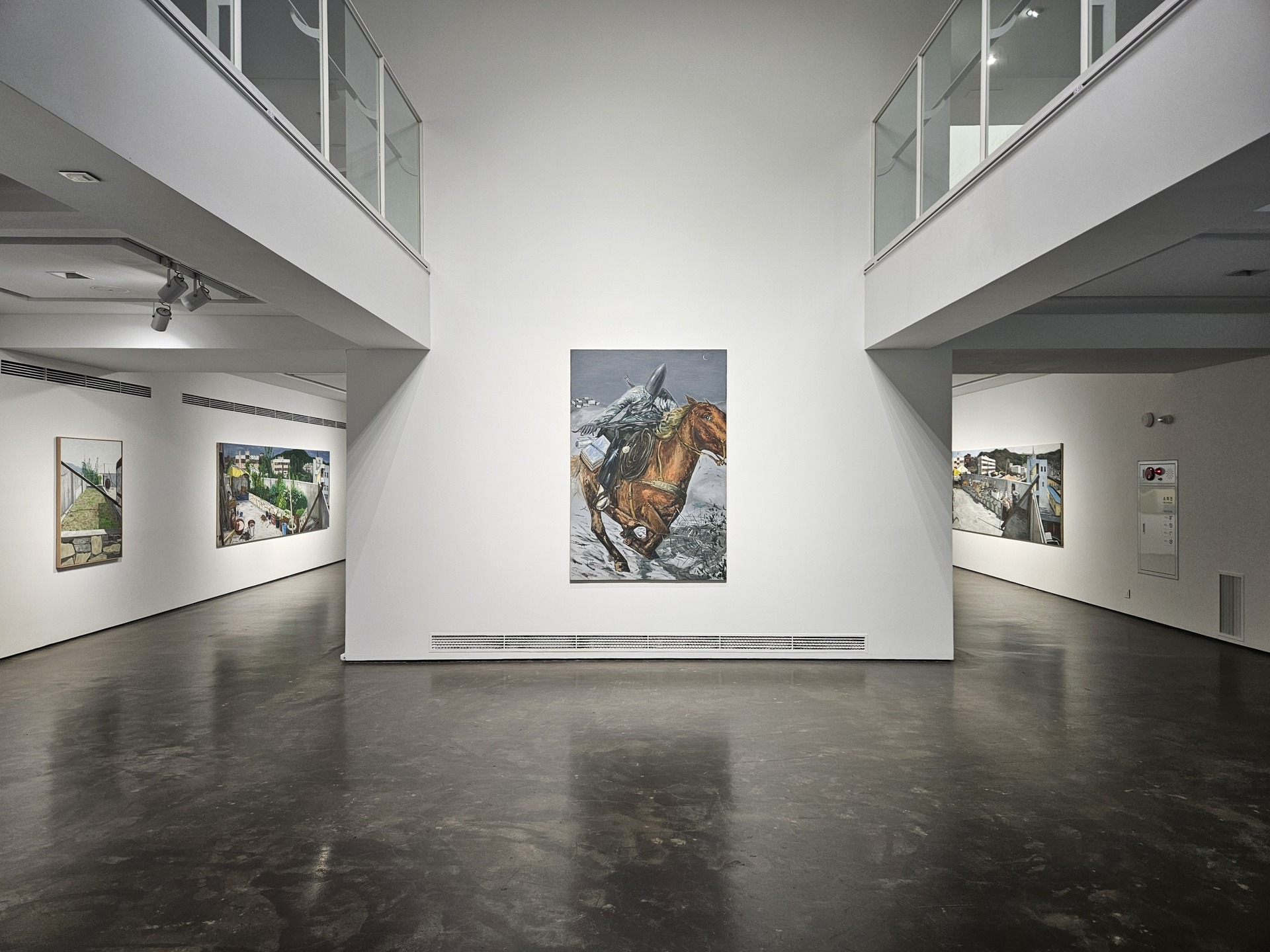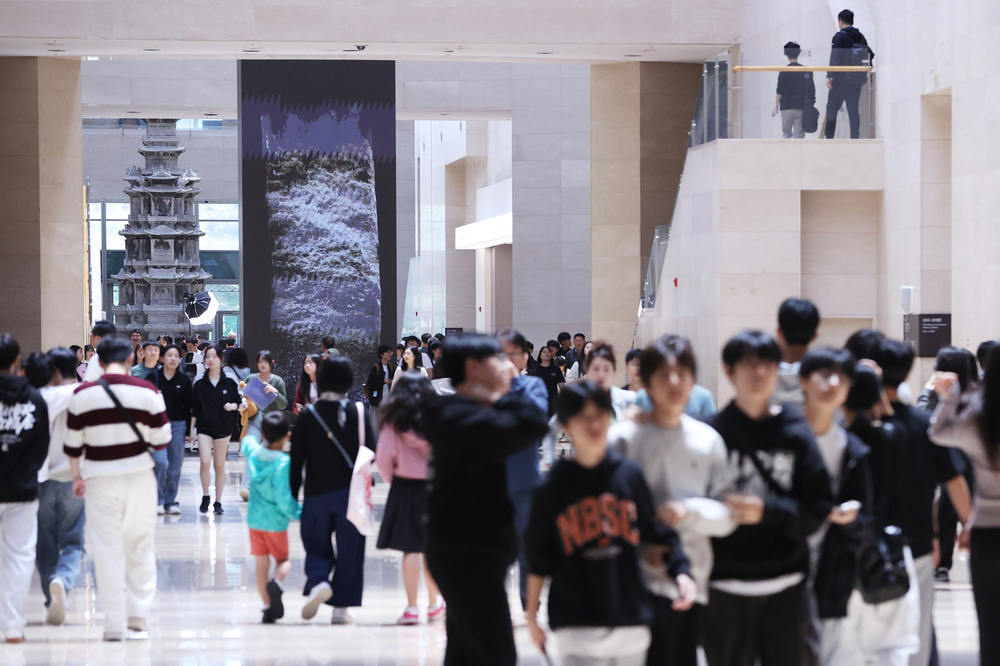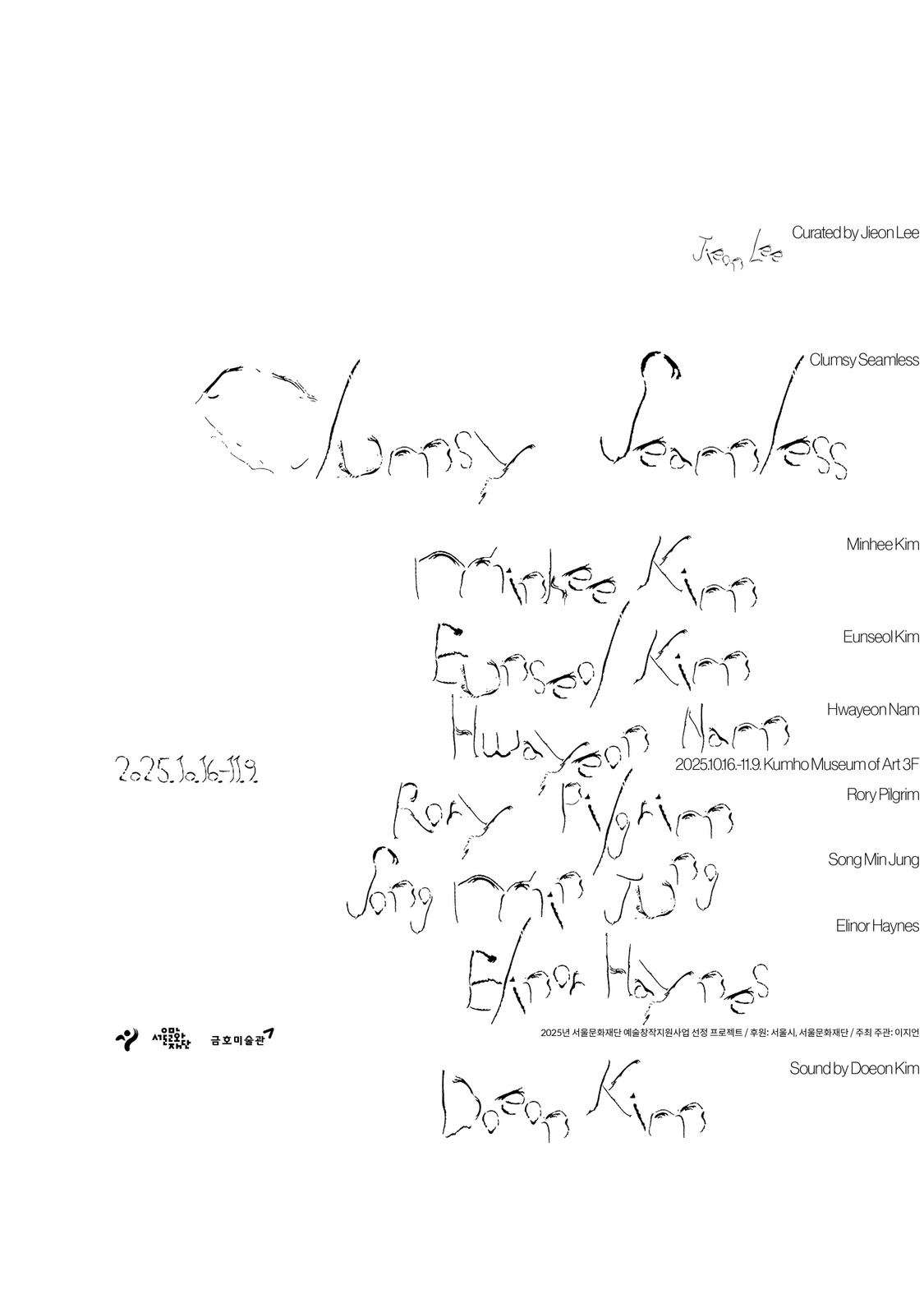《Kitsch &
Pop: Korean Pop Art Now》 is an exhibition that
re-examines the formation and development of Korean Pop Art through the lens of
contemporary art.
Organized by the
Seoul Museum of Art and presented at the Korean Cultural Center in Hong Kong,
the exhibition runs from October 2 to November 22, 2025, at PMQ Block B in
Central, Hong Kong. Following its first presentation at the Korean Cultural
Center in Shanghai, this touring exhibition explores how Korean Pop Art has
evolved and expanded amid changing social and cultural conditions.
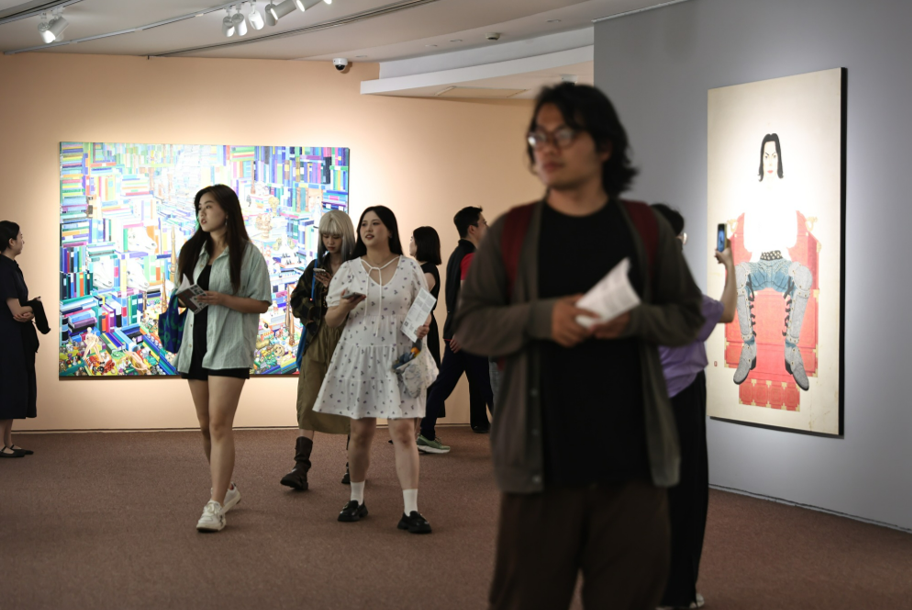
Exhibition view at the Korean Cultural Center in Shanghai. (Left) Work by Hong Kyoungtack, (Right) Work by Son Donghyun. / Photo: Captured from Seoul Museum of Art Instagram
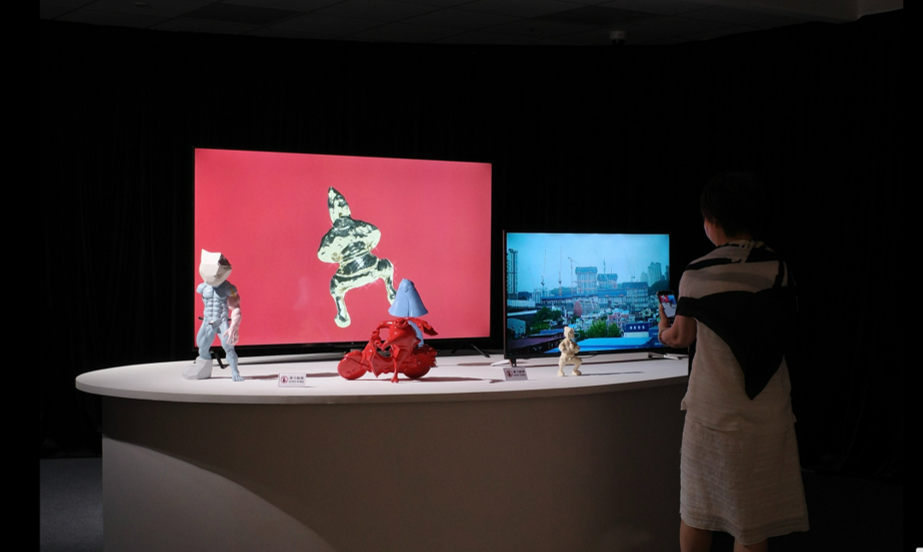
Exhibition view of artist Don Sunpil at the Korean Cultural Center in Shanghai. / Photo: Captured from Seoul Museum of Art Instagram
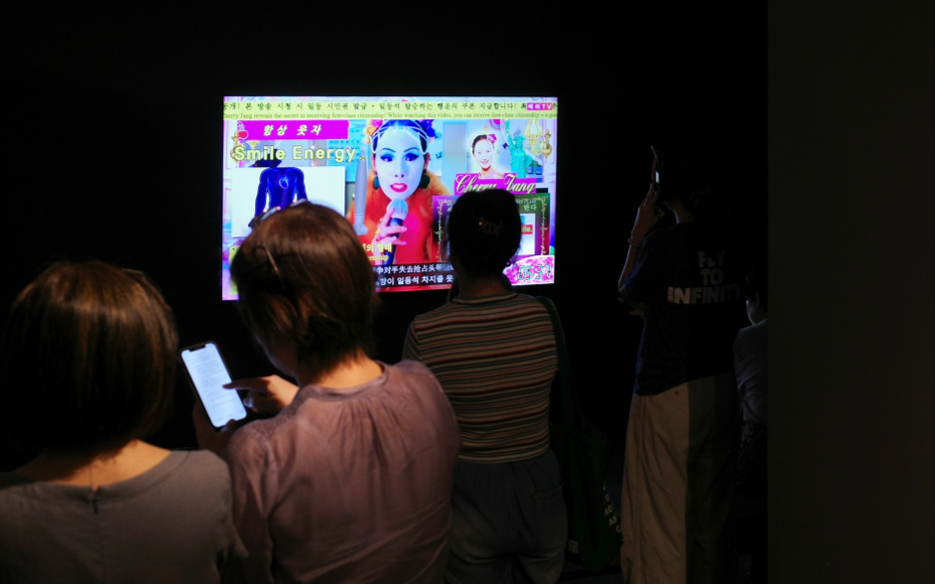
Exhibition view of artist Ryu Sungsil at the Korean Cultural Center in Shanghai. / Photo: Captured from Seoul Museum of Art Instagram
At a time when
K-pop and K-culture have become global cultural phenomena, the exhibition asks
what the notion of “Pop” has meant within the history of Korean art—beyond its
surface as a genre or style—and how it continues to embody contemporary
sensibilities.
Korean Pop Art is
not a mere adaptation of Western Pop but an aesthetic trajectory that has taken
shape between mass culture and fine art, revealing a distinct rhythm and
emotional tone rooted in Korean experience.《Kitsch
& Pop》revisits that trajectory, tracing how the
language of Pop has been transformed and reinterpreted within Korean reality.
The exhibition
unfolds around two key concepts: “Individualized Pop” and “Cool-Kitsch.”
“Individualized Pop” reflects a shift from the appropriation of mass-produced
images and symbols to more personal, introspective expressions of Pop
sensibility—where individual identity, emotion, and social context are embedded
in the work.
“Cool-Kitsch,” on
the other hand, captures the aesthetics of excess color, affect, and digital
perception that characterize today’s visual culture. Drawing from the rapid
circulation of images across social media and new media platforms, this idea
points to a contemporary sensibility that merges irony with sincerity.
Together, these two frameworks highlight Korean Pop Art as an evolving practice—fluid,
responsive, and continually expanding rather than fixed or formulaic.
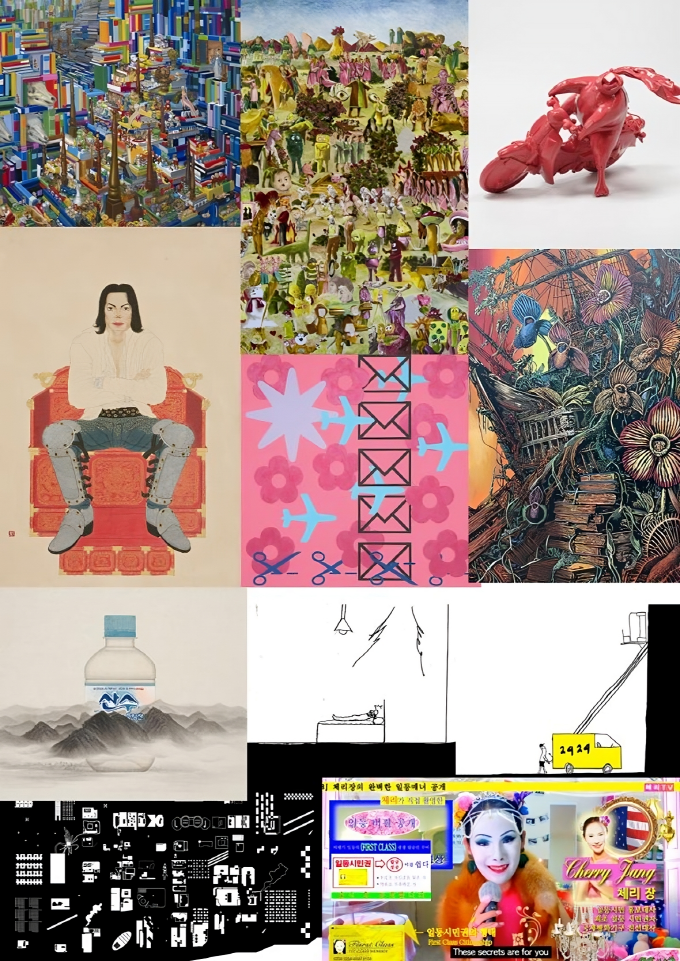
From the top left to right are works by ten artists: Hong Kyoungtack, Noh Sangho, Don Sunpil, Son Donghyun, Park Mina, Kim Shinhye, Sim Raejung, Woo Jungsoo, Chu Mirim, and Ryu Sungsil.
The participating
artists are Hong Kyoungtack, Noh Sangho, Don Sunpil, Son Donghyun, Park
Mina, Kim Shinhye, Sim Raejung, Woo Jungsoo, Chu Mirim, and Ryu Sungsil,
ten in total. Working across painting, installation, drawing, and video, they
present a multifaceted landscape of Korean Pop Art.
Hong Kyoungtack is a leading figure in Korean Pop painting who combines popular
imagery, comic-like forms, and vivid color to build a contemporary vocabulary
for Korean painting. His works distort everyday objects and figures with bold
rhythm and emotion, expanding the expressive potential of painting itself.
Noh Sangho translates SNS images, online memes, and the visual language of
digital screens into painterly form. By transposing fragments of the internet
into the tactile ‘language of the hand,’ he redefines Pop painting for the
digital age.
Don Sunpil deconstructs and recomposes urban scenes and consumer imagery,
exposing the psychological dimensions of living in a visually saturated
society. By twisting traces of advertisements and brand logos, he transforms
them into paintings of ‘urban emotion.’
Son Donghyun adopts the brushwork and motifs of traditional Korean painting to
portray contemporary icons—celebrities, politicians, and comic characters—juxtaposing
historical and modern visual systems. His practice has been described as a ‘Joseon-style
Pop’ or a ‘kitschification of tradition,’ establishing a distinct hybrid
domain.
Park Mina employs repetition and formal simplicity to express what she calls ‘impersonal
emotion.’ Through the arrangement of everyday objects and color planes, she
reveals subtle emotional layers beneath Pop’s polished surface, offering a
uniquely Korean modulation of Pop’s cool precision.
Kim Shinhye visualizes emotional intensity through strong color fields and flat
geometric structures, exploring the material and rhythmic qualities of painting
as a core language of Pop. Her works convey both the tension and vitality of
everyday life within sharp chromatic contrasts.
Sim Raejung merges photographic imagery with painting to explore the unease
that arises at the boundary between reality and imagination. The blurred
relationships between her figures and backgrounds expose the emotional voids
embedded in Pop imagery.
Woo Jungsoo reconstructs fragments of everyday images and advertising codes
through collage, revealing how the sensibility of mass culture can be
dismantled within the logic of painting. His clean lines and planar
compositions carry subtle traces of human sentiment beneath their structured
surfaces.
Chu Mirim humorously addresses issues of gender, desire, and consumption
using kitsch materials such as dolls, decorations, and glittering ornaments.
Her works reinterpret feminine subjectivity through the performative and
playful aesthetics of surface.
Ryu Sungsil combines performance, video, and installation to satirize the
structures of desire in contemporary society. In her ‘Sung-sil Gallery’
series, she humorously blurs the boundaries between art and commerce, reality
and fiction, establishing a unique and ironic stance within Pop’s expanded
field.
Rather than
presenting a definitive image of “Korean Pop Art,”《Kitsch
& Pop》invites reflection on its evolving
identity and open possibilities. The exhibition acknowledges that ‘Korean-ness’
cannot be defined by a single aesthetic or form, but is instead expressed
through a multiplicity of perspectives and generations. Moving fluidly between
Pop and Kitsch, art and mass culture, these artists articulate another visual
language for what it means to create—and to see—"Korean art today”.
No longer a
derivative of Western Pop, Korean Pop Art now exists as an independent and
self-evolving language of sensibility within the global landscape.《Kitsch & Pop: Korean Pop Art Now》records
and reinterprets that language through the lens of the present. It is not a
conclusion but an unfolding narrative—an unfinished story that continues to
write the next chapter of “Korean Pop.”



